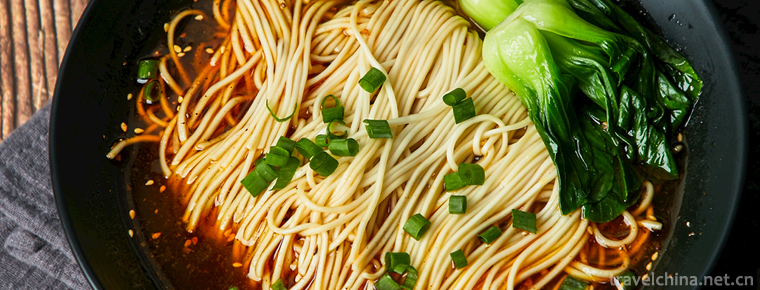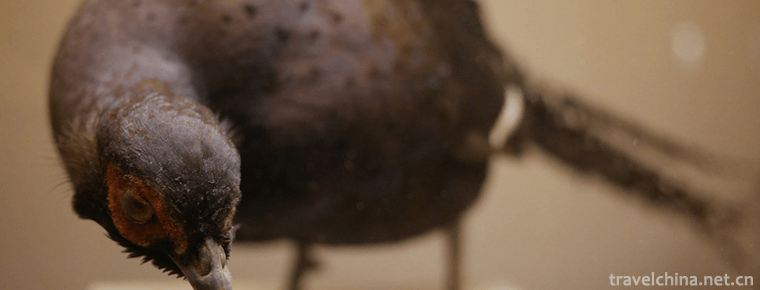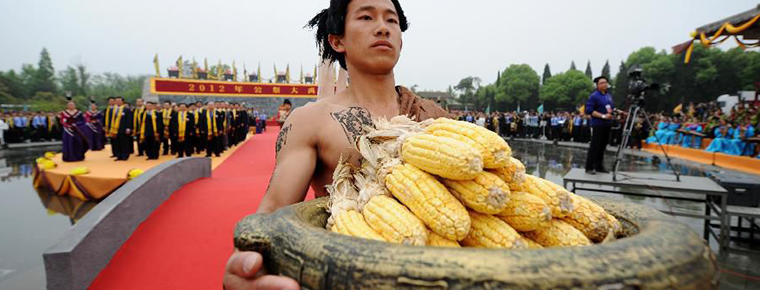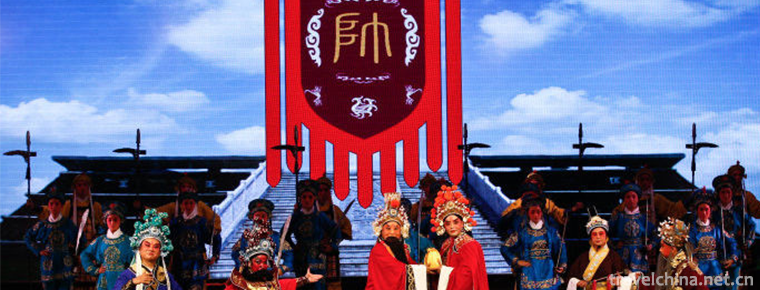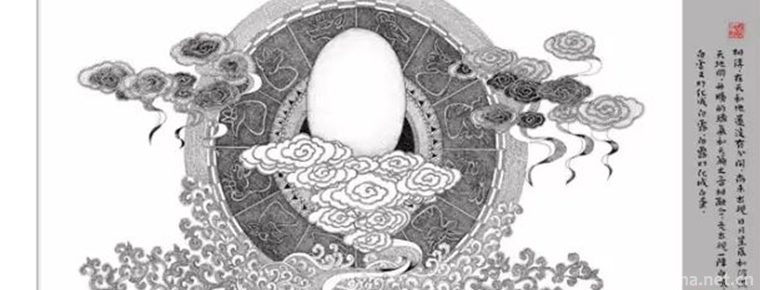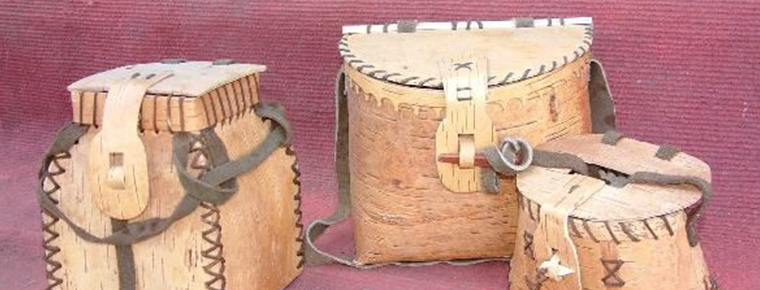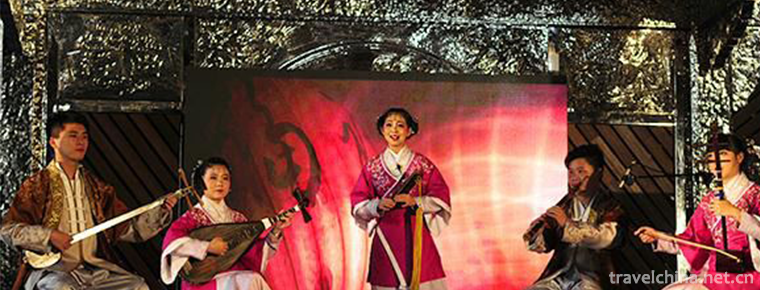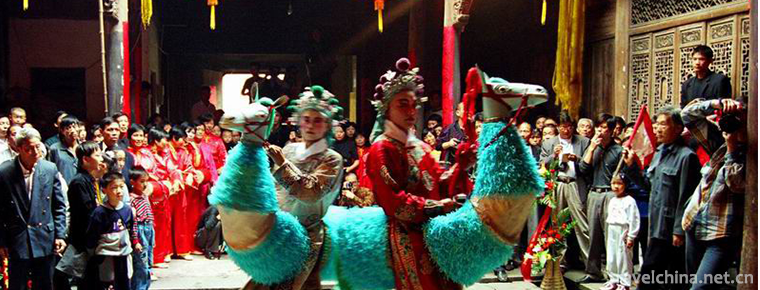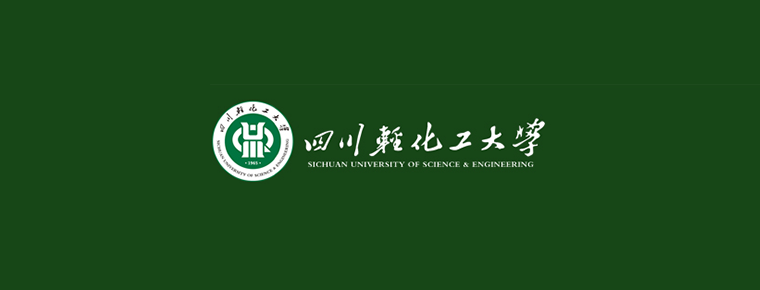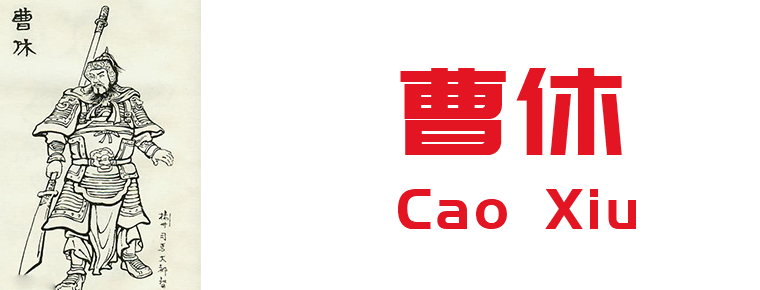qikongqigong
Qigong (qigong) is a traditional Chinese method of health care, health preservation and disease elimination. Ancient or "Dandao" is a kind of physical and mental exercise method with the means of breathing adjustment, physical activity adjustment and consciousness adjustment (breathing, body adjustment, mind adjustment), which aims at strengthening the body, preventing and curing diseases, keeping fit for a long time and developing potential.
Ancient Qigong literature in China is vast, and there are many records of Qigong literature in the secretaries of Taoism, Confucianism and physicians. It is an important and arduous task to excavate and arrange. It requires researchers not only to have higher knowledge of medicine, Qigong, ancient Chinese and modern Chinese, but also to have higher knowledge of Qigong.
It should be pointed out that the integration of three tones is the main difference between Qigong practice and general sports. The operation content of general sports is also composed of three tones, but they are independent and do not require integration.
Birthplace
Qigong originated in China. Qigong has a long history in China. In ancient times, the contents of Qigong were often called Tuna, Xingqi, Buqi, Qigong, Direction, Alchemy, Buddhism, Zen and so on. Chinese classical Qigong theory is based on the theory of keeping fit in traditional Chinese medicine, which has been circulating since ancient times. Part of the primitive Qigong is called "dance", such as "the shrinkage of bones and muscles is not enough, so it is used as a dance to promote it". In the spring and Autumn period and the Warring States period, a part of Qigong was summarized in "guiding and pressing". Huangdi Neijing, a monograph of traditional Chinese medicine, records such practices as "lifting the heaven and earth, grasping Yin and yang, breathing essence, keeping spirit independently, keeping one muscle, accumulating spirit and keeping spirit together". Lao Tzu refers to the method of "or shush or blow". "Chuang-tzu" also has "bragging breath, spit, new, bear and bird, for life." This guide is a record of a person who is a foster person and a good master of Peng Zu's life exam. " Among the cultural relics unearthed from Mawangdui Han Tomb in Changsha, Hunan Province, are Silk Book Qigu Chapter and Colored Silk Painting Guidance Picture. "Gu Gu Qi Qi" is a book about breathing and vomiting. Guidance Map is the earliest Atlas of Qigong, in which 44 images are drawn. It is a portrayal of ancient people's use of Qigong to prevent and treat diseases.
development history
The original Qigong has no name, and later part is called "dance". For example, in Su Wen Yi Fang Yi Lun, the treatments of impotence, fever and cold should be guided by stilts, while the contents of Qigong include meditation, sitting and forgetting, meditation, fetal breath, Xingqi, taking Qi, regulating Qi, Zhou Tian and Neidan, which are scattered in the works of famous writers of past dynasties. As for the word "Qigong", it was first found in the Jin Dynasty Taoist scholar Xu Xun's "Jingming Religious Record Songsha Ji". Even though it was a masterpiece of later generations, it was also in the Sui and Tang Dynasties at the latest. In the Sui and Tang Dynasties, "Zhongshan Jade Cabinet Suits Qijing" recorded: "Qigong Miaopian, Qishu Road is slightly the same..." But the connotations are not entirely consistent with what we call Qigong. It was only after the establishment of the Beidaihe Qigong sanatorium in 50s that it was gradually promoted.
Qigong is gradually formed by people in various practices such as production, life, health care and so on. Qigong therapy is related to and different from sports therapy. It can include sports therapy, but sports therapy can not replace Qigong therapy. Limb movement has always been only one of the means of Qigong's adjustment of mind. Respiratory movement also serves for the adjustment of mind. The three tones are a unified whole and must take the adjustment of mind as the core. Internal training and external training are combined. Qi in Qi Gong refers to "internal Qi" and "genuine Qi", which has a deeper meaning. Qigong therapy has comprehensive characteristics, at least it is a combination of psychotherapy and physical therapy.
The benefits of Qigong include not only health care but also disease. If the patient chooses Qigong as an auxiliary therapy, different Qigong should be chosen according to different diseases. For example, patients with stomach disease of Weikui Decoction can practise internal nourishment; cancer patients can choose to walk or Guo Linxin Qigong, self-controlled Qigong; patients with hypertension, neurasthenia and pain can choose relaxation work. Bed-ridden patients can choose strong Qigong to cultivate their vitality. The benefits of Qigong for the elderly can also play a beneficial role in the recovery of neck and shoulder function for patients with neck and shoulder disease.
Qigong health preservation is an exercise method to achieve health preservation, disease prevention and treatment through conscious self-adjustment of body and mind. Before learning Qigong for health preservation, we should first understand and master the taboos of Qigong for health preservation, so as to achieve twice the result with half the effort in future practice.
1. avoid "false".
Qigong pays attention to practicing "true Qi" and taboo false ideas and actions. Therefore, learning Qigong health preservation must first learn to be a real person, to tell the truth, only sincere and sincere people can practice "true qi".
2. avoid greed.
Greed, six unclean misfortunes. In the process of practice, we must avoid greed, greed is not clean, it will cause a lot of trouble, can not enter the state of practice.
3. avoid "impetuous"
Many human diseases are caused by emotions, because human emotions can affect the normal physiological function of the human body, once the function is disordered, it will lead to disease. Therefore, practitioners of Qigong should maintain a peaceful mind and should not move their Qigong, otherwise they will lose a lot in practicing Qigong.
4. avoid "self blowing"
Practitioners should refrain from boasting and boasting. They should leave room for speaking and doing things. Therefore, they should not interfere with their own practice and cause adverse consequences.
5. avoid "sex".
Only when the body is vigorous in essence, Qi and spirit can it maintain its health. If there is no abstinence in life, it will inevitably lose essence and cause insufficient kidney qi. Therefore, it is advisable to reduce the number of room affairs when practicing Qigong. But there are many Qigong functional schools (such as plum blossom gate), which do not agree with this. It is pointed out that "essence" is not a "sperm" but a conscious energy of human beings. And proper sexual activity is conducive to practice.
Psychology and soul are limited by their original quality and external conditions, but human beings can intentionally or unconsciously adjust their mood and soul state afterwards. There are two unconscious mental states of human perception: the unconscious state and the unconscious state. Consciousness - subconscious - unconscious three kinds of mentality have certain connections: conscious purpose, unconscious subconscious action, unconscious involuntary action, the link is the human body self-ordering field. The somatic order field is called "God" in tradition. Yuan Shen is a bridge between God and God. The infinite body of the original God is the memory trace of previous generations, the foundation of maintaining the existence of the consciousness God and the primordial god, and the material basis of the instinct. Consciousness of God can also unify and adjust the original God and the original God in a broad sense, but in a narrow sense, it can not interfere in the internal affairs of the principal god and the dual god, otherwise there will be deviations of excessive Qigong, confrontation or fire.
Through Qigong practice, the holographic life body which has achieved the balance of three gods and the coexistence of life is the sublimation and Transcendence of life that can exist independently and actively for a long time. Chinese Taoist inner alchemy is the main way to achieve the evolution of life. Of course, the soul and the spirit of Yang are essentially four dimensional information bodies of the soul, all of which are driven by antimatter. The process of inner alchemy is actually the process of strengthening the soul information beyond life by integrating three gods with meridian and collateral qi, energy and antimatter, essence and qi.
Explain
Qigong is a process of physiological change in which the body's tissues and organs are better ordered and synergized in function through specific training methods. Because of the different methods of practice, the physiological changes will be different, which is the physiological effect of Qigong. It is through psychological activity that organisms can act on the body or things. Qigong is psychophysics.
Qigong has unique functions in health care. Based on the theory of holistic outlook on life, he transformed, perfected and improved the life function of human body through active and introverted exercise of consciousness activities, and turned the natural instinct into the practice of conscious intelligence. Qigong, together with traditional Chinese medicine and Wushu, is considered to be one of the most important traditional Chinese cultures and is loved by many people all over the world.
Some people think Qigong is deep breathing therapy. In fact, Qigong exercise includes three kinds of means, namely, mind-regulating, body-regulating and breathing-regulating. Each kind of means has many ways. Deep breathing is only one of many breathing exercises. The word Qigong has existed since ancient times, and its meaning is uncertain. In ancient times, the dissemination scope of various furniture body exercises was very small, and the word Qigong was even smaller than that of specific exercises. In modern times, the opposite is true. The propagation scope of Qigong is much larger than that of specific methods. The turning point was Liu Guizhen's promotion of Qigong in the 50s of last century. Liu Guizhen had to use traditional methods to cure diseases very well, and vigorously promoted the traditional method of treating diseases. And named Qigong therapy. Since then, Qigong has become a gateway for the broad masses of the people to understand the mysterious world.
Liu Guizhen himself is very utilitarian. His promotion also has a very strong utilitarian nature. In the following decades, all kinds of merit and merit of all schools were known as Qigong, published and communicated. But at the time of publication and dissemination. Most of these methods have been deleted from their ideological attributes. And some high-level dangerous contents.
In 80s, qigong martial arts fever. Many people have increased the ideological attribute of Qigong and swindled and swindled. Until the end of 90s. After that, both traditional and Qigong were depressed. However, the word "qigong" has grown stronger. Taoism, martial arts and medicine all speak Qigong in publicity.
In the old days, Dan Road is Dan Dao, guidance is guidance and observation. Taoism, martial arts and medicine practice each. No one collectively names them, because their methods are closely integrated with theory. The so-called solo Yang is not born without Yin.
In old times, there were cults in harmony between yin and Yang. In modern times, Yang has no Yin and Yang has Yin. Jade and stone burned together.
From the past and present of Qigong, we can see. Nothing in the world can exist independently from the secular world. There is nothing out of the world. Previously, cultural knowledge was not widely disseminated, and people who came into contact with it naturally knew a lot. Taoism, martial arts and medicine were very different. After the founding of new China, cultural knowledge was widely disseminated. If a layman wants to know his profession, he should generalize it generally. In addition, to conform to the times, we must naturally transform our profession. Professionals should cater for the times and accept transformation. This is materialism. The development of things has its own rules. Artificially changing the law will eventually return to the original law. This is also materialistic. Generally speaking, the world is still materialistic.
content
The content of Qigong is very extensive. It is characterized by the combination of mind, Qi and body through the subjective efforts of the practitioners. It mainly includes body-regulating, mind-regulating, breathing-regulating, self-massage and physical activities. Mind-regulating is to regulate psychological activities, breathing is to regulate breathing movement, and body-regulating is to regulate body posture and movement. These three tones are the basic methods of Qigong training, and are the three major elements or basic norms of Qigong discipline. There are many kinds of Qigong skills, such as breathing-oriented Turning Gong, static Gong, dynamic Gong with combination of static and dynamic Gong, guiding Gong with guidance of train of thought, standing pile Gong and health massage with self-massage as the main methods.



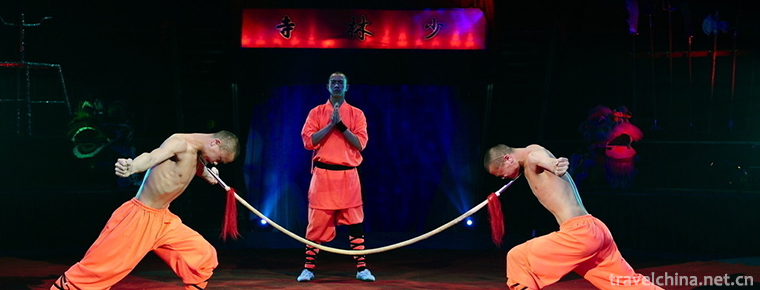
-
Chongqing small noodles
Chongqing small noodles is one of the four characteristics of Chongqing.
Views: 281 Time 2018-10-12 -
Ertan National Forest Park
Ertan National Forest Park is located in Yanbian County and Miyi County, the northern suburb of Panzhihua City, Sichuan Province, with a total area of 732.4 square kilometers .
Views: 137 Time 2018-12-22 -
Chaoyang Bird Fossil National Geological Park
Chaoyang Bird Fossil World Geopark is located in Chaoyang City, western Liaoning Province. Chaoyang is located at the junction of Liaoning, Hebei and Mongolia provinces in the throat of Chinese cock t.
Views: 105 Time 2019-01-05 -
Butterfly Bucket Encouragement of the Browns
Buzz drum dance is a kind of collective dance of men and women of ancestral origin. It has great improvisation. There are two kinds of dance methods: He Xinfang and.
Views: 309 Time 2019-04-04 -
Da Yu memorial ceremony
The Dayu Festival is an ancient Chinese traditional folk sacrificial activity. Dayuling is located in Huiji Mountain, southeast of Shaoxing City, Zhejiang Province. Dayu Mausoleum is the burial place .
Views: 94 Time 2019-04-23 -
Han tune
The mast of Hanzhong Diaoqu, a local traditional drama in Hanzhong City, Shaanxi Province, is one of the national intangible cultural heritages..
Views: 183 Time 2019-05-02 -
Black On White
The Black-and-White War is a comic book about the Naxi epic Black-and-White War, which consists of seven chapters..
Views: 348 Time 2019-05-03 -
Craft of birch bark making
Birch bark making techniques, Oroqen Autonomous Banner of Inner Mongolia Autonomous Region, local traditional handicraft of Heilongjiang Province, one of the national intangible cultural heritage..
Views: 174 Time 2019-05-04 -
southern accent
Nanyin, also known as "string" and "Quanzhou Nanyin", is the oldest ancient music in China. During the Han, Jin, Tang and Song dynasties, the immigrants from the Central Plains bro.
Views: 194 Time 2019-06-07 -
Bamboo horse
Bamboo horse, also known as running bamboo horse or playing bamboo horse, is an ancient traditional folk dance. The art form of singles performed on the street is like the "two ghosts wrestling&q.
Views: 195 Time 2019-08-10 -
Sichuan University Of Science and engineering
Sichuan University of Light Chemical Industry is a general full-time university with more than 50 years of undergraduate and nearly 20 years of postgraduate education, which has coordinated developmen.
Views: 228 Time 2019-08-31 -
Cao Xiu
Cao Xiu(? - 228 years). Pei country Qiao (now Anhui Bozhou People. Three countries the Wei state of the Three-Kingdoms Period General, Cao Cao Clan..
Views: 228 Time 2019-09-15
